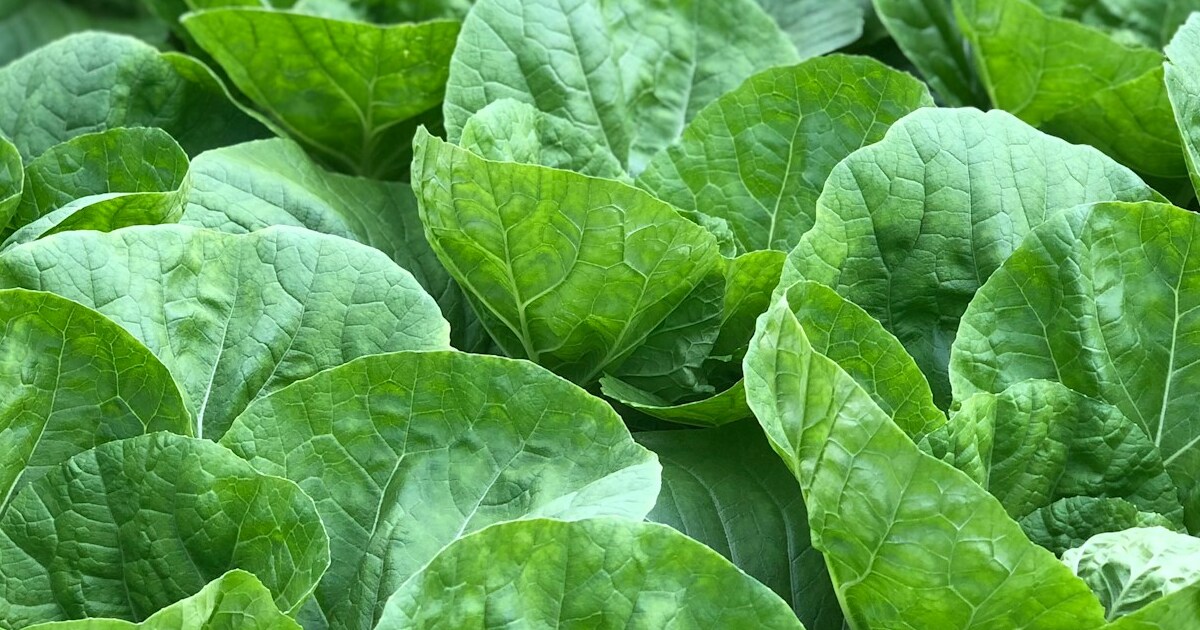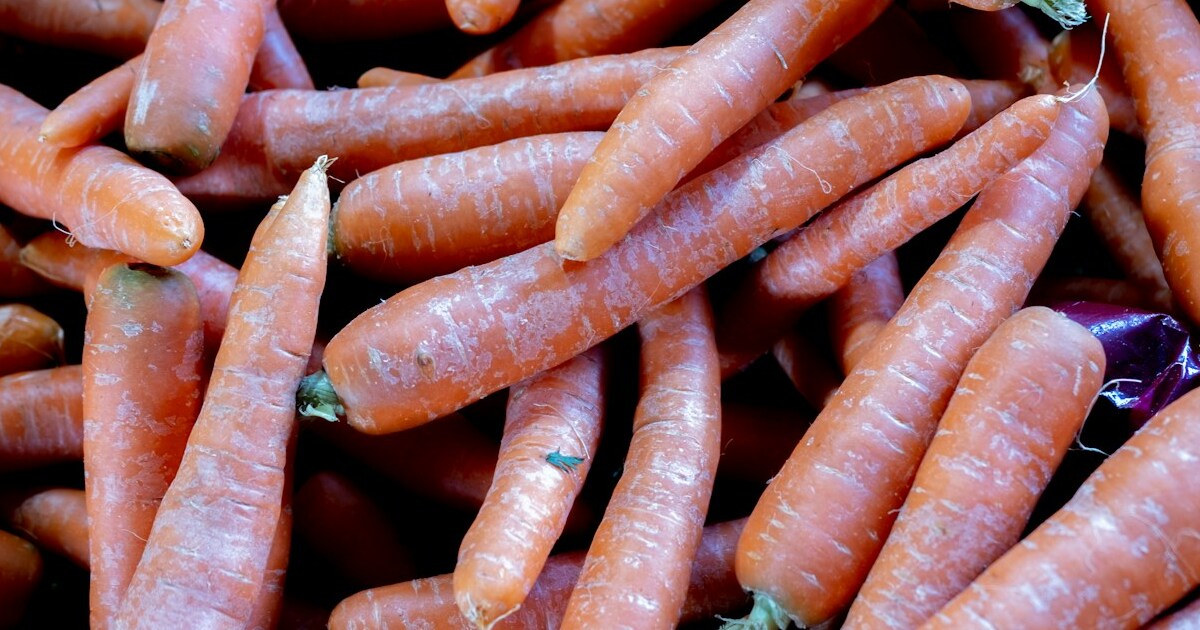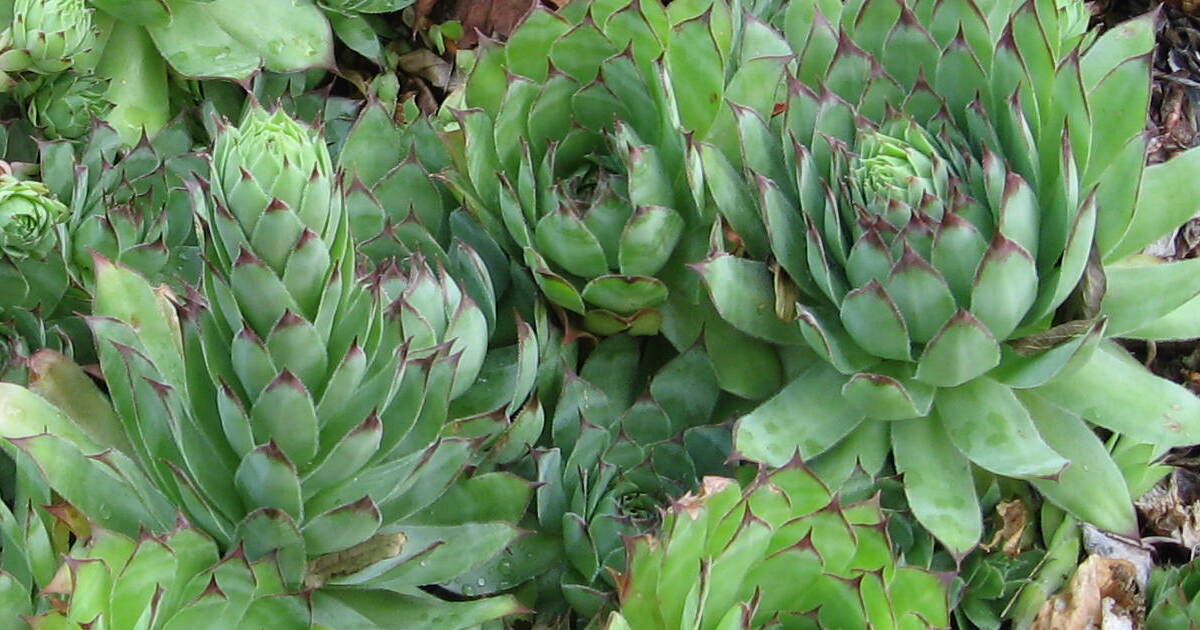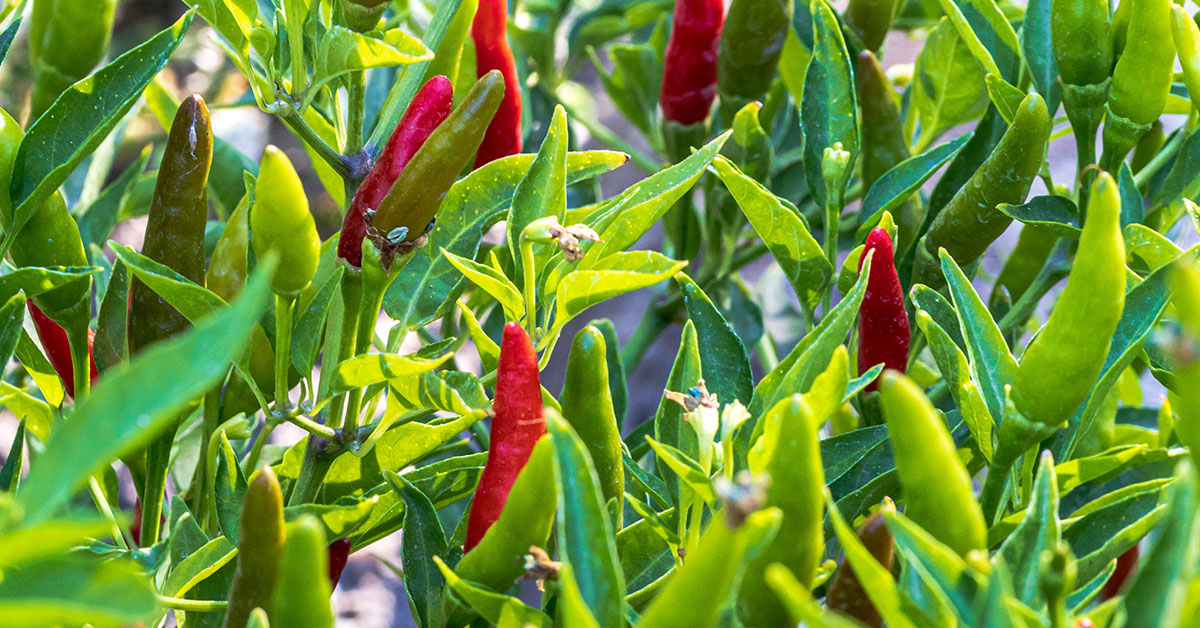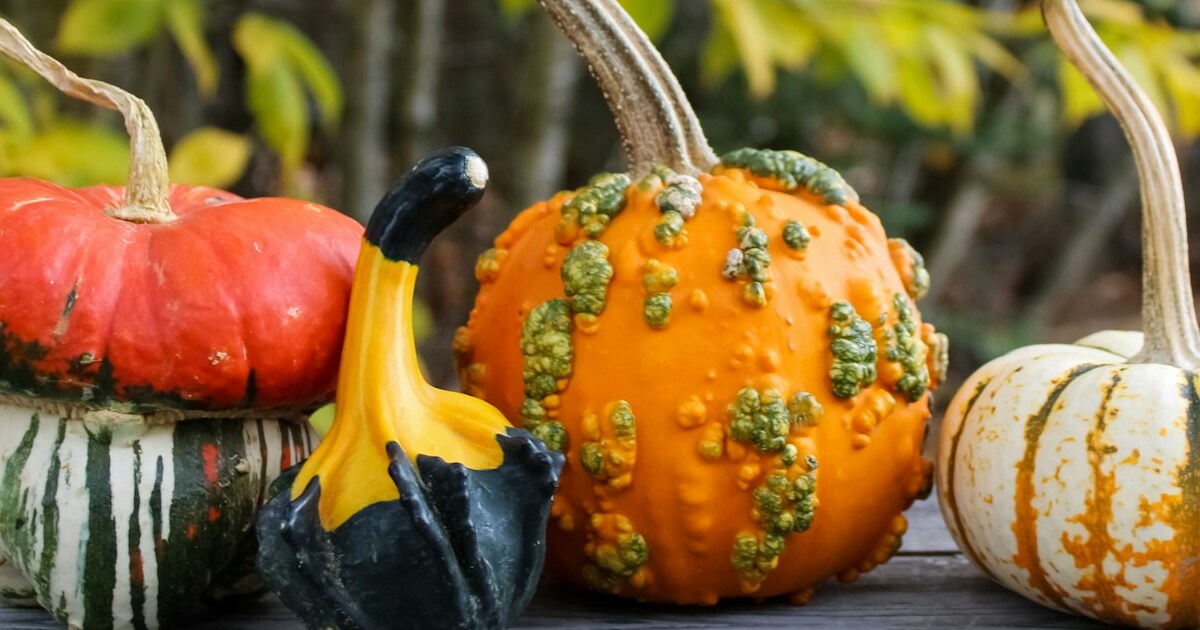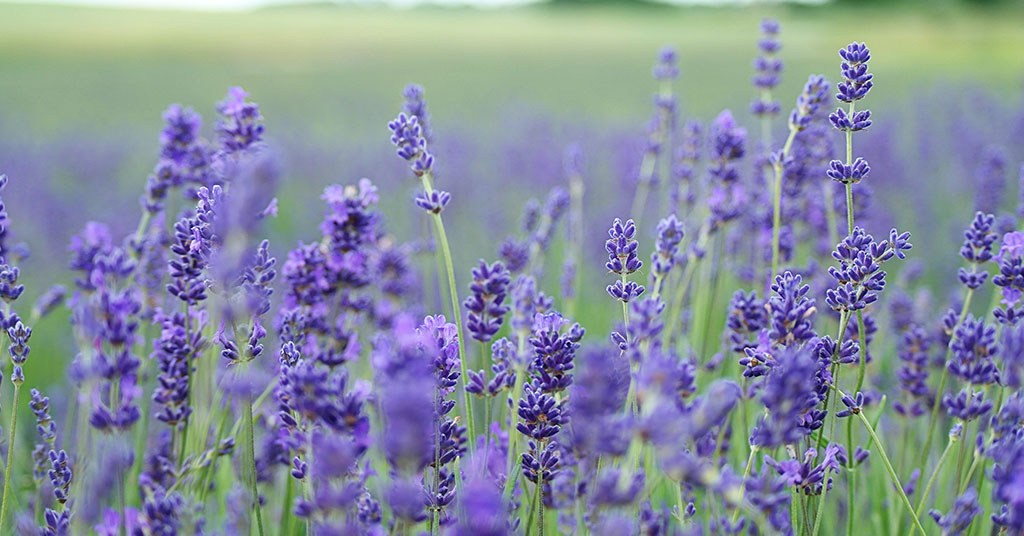Watching once-vibrant foliage fade to brown is one of the most disheartening sights for a gardener. Whether you’re tending a windowsill jungle of tropical houseplants or nurturing a border of perennials, crisping leaf tips and brown patches can signal a host of underlying problems. From environmental stressors like drought or chill damage to hidden pests and soil imbalances, pinpointing the culprit is the first step toward nursing your green friends back to health!
I know how frustrating it is to see your beloved plants struggle—especially when you’ve put so much care into choosing species native to specific regions, only to find them wilting or showing unsightly discoloration. In this article, I’ll walk you through 10 common reasons for browning leaves, discussing each cause in detail, mentioning native origins where relevant, and noting whether certain species can become invasive if mismanaged. Let’s dive in and bring your garden back to its lush, leafy glory!
Overwatering and Root Rot
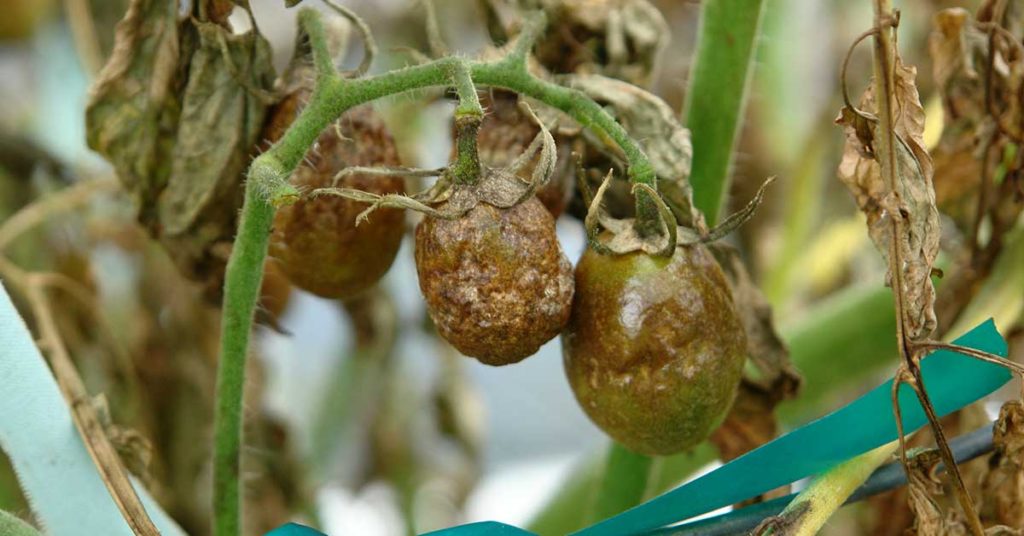
Soggy soil suffocates roots by depriving them of oxygen, leading to root rot and brown, mushy leaf edges. In many slow-draining clay soils—common in plants native to temperate Europe—excess water encourages fungal pathogens like Pythium or Phytophthora. Affected plants often show yellowing first, then brown lesions as roots deteriorate. One of my favorite reminders is that a healthy root system should smell fresh and springy, not foul or slimy!
Beyond the immediate damage, waterlogged beds become attractive habitat for fungus gnats, whose larvae feed on weakened roots. While these tiny flies rarely nest indoors, they thrive in continuously moist pots. Outdoors, soggy depressions can draw mosquitoes and other pests. To prevent recurrence, repot into well-draining media—sand or perlite mixes for tropical species like Ficus elastica (native to India and Malaysia)—and ensure pots have drainage holes.
Salt Buildup from Overfertilization
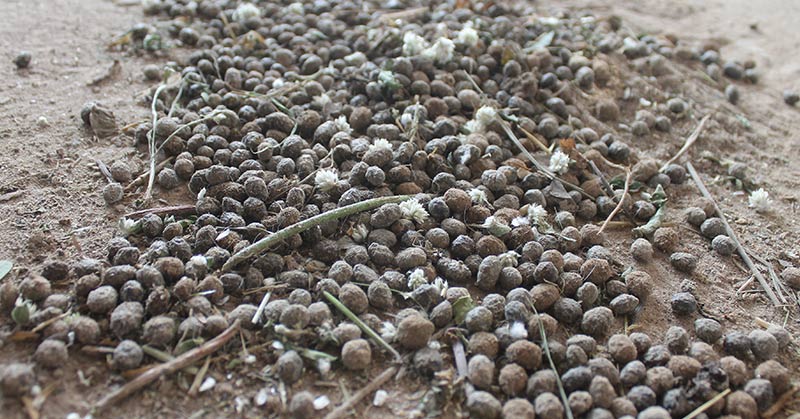
When soluble salts accumulate in soil, they draw moisture out of plant tissues through osmotic pressure, causing leaf margins to brown and curl. This is especially common in houseplants like African violets (Saintpaulia spp., native to Tanzania) and tomatoes in containers, where frequent feeding without leaching concentrates salts. Over time, you may also see stunted growth and leaf drop, as roots become increasingly desiccated.
High-salt soils can attract ground-dwelling springtails that feed on fungi thriving in organic-rich pots—but these critters don’t harm plants directly. To remedy salt buildup, flush soil monthly with copious water until runoff is clear, or repot into fresh, balanced potting mix. For garden beds, top-dress with compost to buffer salts and encourage beneficial earthworms, which improve drainage and nutrient cycling.
Sunburn and Excessive Light

Leaf tissues can literally cook when plants accustomed to dappled forest light—such as gardenia (Gardenia jasminoides, native to China) or ferns from tropical Asia—are thrust into direct afternoon sun. The result is bleached, brittle patches of brown where the sun’s UV and heat have scorched the chlorophyll. These hardened brown areas often remain even after you relocate the plant to shade.
Burned leaves can also attract opportunistic pests like thrips, which feed on weakened tissue. Outdoors, scalded foliage may harbor spider mites seeking refuge from heat. To prevent sunburn, acclimate shade-loving species gradually, providing filtered light or morning sun only. Adding a shade cloth over vulnerable beds mimics natural understory conditions and keeps leaves safe from harsh midday rays.
Low Humidity
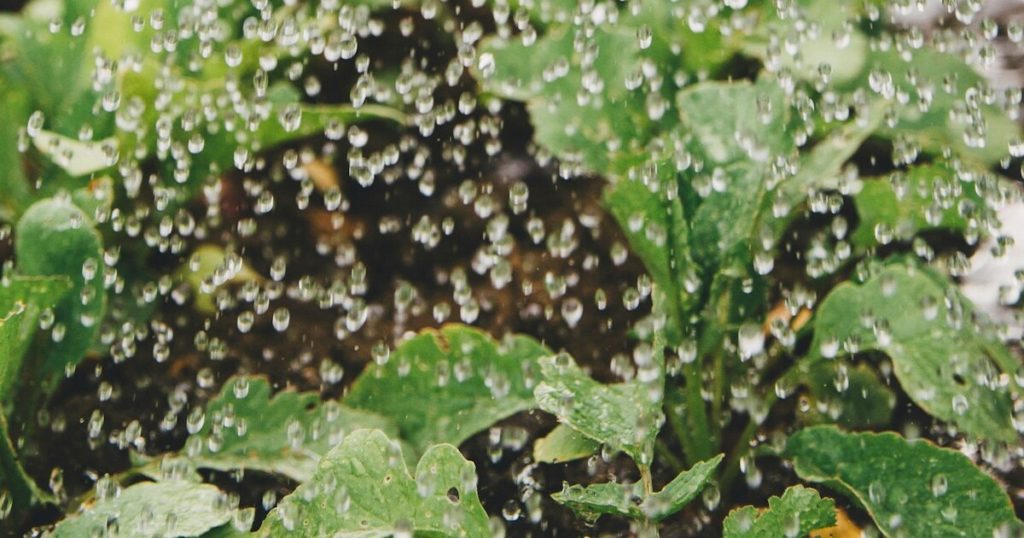
Many popular houseplants—such as Calathea (native to Brazil) and Monstera deliciosa (native to Central America)—crave high humidity akin to their rainforest origins. When indoor air dips below 40% relative humidity, leaf edges and tips brown and curl as epidermal cells lose water faster than roots can replace it. Even misting often fails to maintain consistent moisture in drier climates.
Dry air also favors spider mites, which spin fine webs and sap nutrients from leaves, exacerbating browning symptoms. Creating a humid microclimate with pebble trays or grouping plants together encourages shared moisture and reduces pest outbreaks. For larger collections, a small humidifier set near your tropical stand can transform your home into a miniature jungle oasis!
Underwatering and Drought Stress

Conversely, too little water forces plants to ration moisture internally, causing leaf wilting followed by brown, papery tips. Species from moist woodlands—like hostas (native to Europe and western Asia)—may droop dramatically under drought before browning ensues. When soil dries out completely, roots can die back, compounding stress and leading to widespread foliage die-off.
Dry soils can attract burrowing insects seeking shelter but also deter earthworms and beneficial mycorrhizal fungi, which help plants access moisture. A consistent watering schedule—deep soaks rather than daily sprinkles—ensures roots penetrate deeply and resist dry spells. Mulching garden beds with leaf litter mimics forest floors, retaining moisture and supporting underground ecosystems that bolster drought resilience.
Nutrient Deficiencies
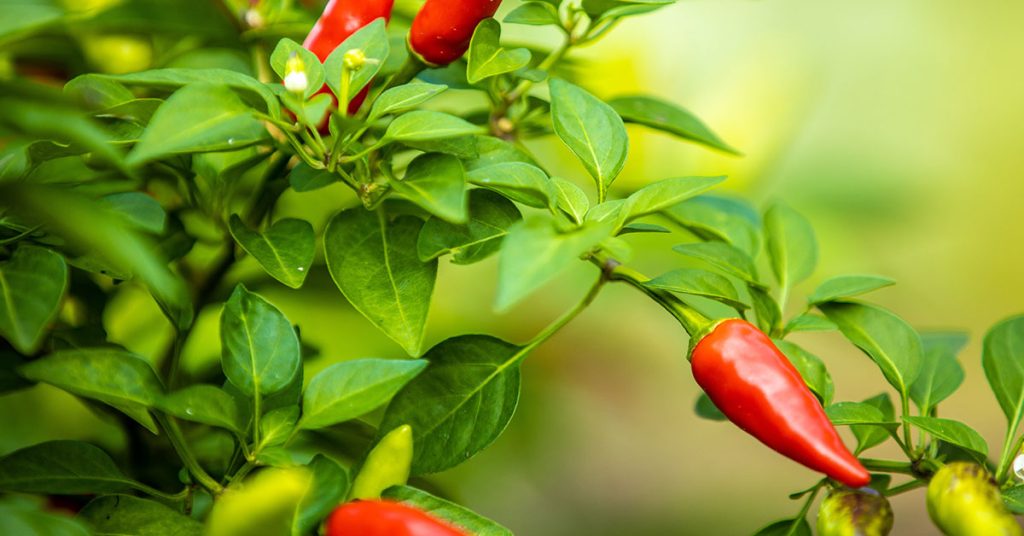
Insufficient potassium often shows as brown scorch on older leaf margins, while magnesium deficiency causes interveinal browning—patterns seen in crops like peppers (Capsicum annuum, native to Central America). These elements are critical for photosynthesis and water regulation; when deficient, leaf cells weaken and brown in predictable patches rather than uniform discoloration.
Imbalanced soils can invite opportunistic root rot on stressed plants, attracting fungus gnats in containers and shore flies in greenhouse trays. A soil test helps pinpoint specific deficiencies; balanced organic amendments—kelp meal for potassium, Epsom salts for magnesium—restore nutrient balance without the salt buildup of synthetic fertilizers. Applying these at recommended rates rejuvenates leaf health and promotes vigorous growth.
Cold Damage

Sudden dips below a plant’s hardiness threshold scorch leaves internally, causing dark brown blotches that often begin along margins. Tropical natives like bird of paradise (Strelitzia reginae, native to South Africa) and citrus houseplants (Citrus spp., native to Southeast Asia) are especially susceptible when nighttime temperatures plunge. Even brief frost can permanently damage foliage, turning it papery and brown.
Chill-damaged leaves can become breeding grounds for scale insects that seek overwintering sites in crevices. Indoors, remove cold-damaged foliage promptly and improve insulation around potted specimens—use frost cloth or bring containers inside before the first freeze. For garden plantings, mulch heavily around roots and choose frost-tolerant cultivars for early spring blooms without brown setbacks.
Chemical and Herbicide Injury
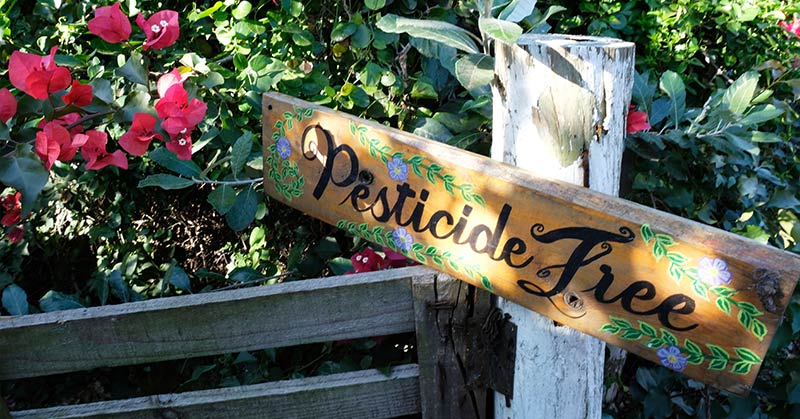
Herbicide drift from nearby lawns or gardens can cause brown spotting and distorted leaf margins on sensitive plants like tomatoes and azaleas (Rhododendron spp., native to Asia). Household cleaners or aerosol sprays can also leave residue that browns foliage on contact. Symptoms often appear randomly and worsen after each application of the offending chemical.
Affected leaves may attract scavenging insects—ants drawn to sugary exudates from damaged cells—while repelling pollinators that avoid chemically tainted blooms. To protect your plants, create buffer zones between treated areas and ornamentals, and rinse accidentally sprayed leaves with water as soon as possible. Switching to organic weed controls and plant-safe cleaning products preserves leaf integrity and garden health.
Fungal Infections
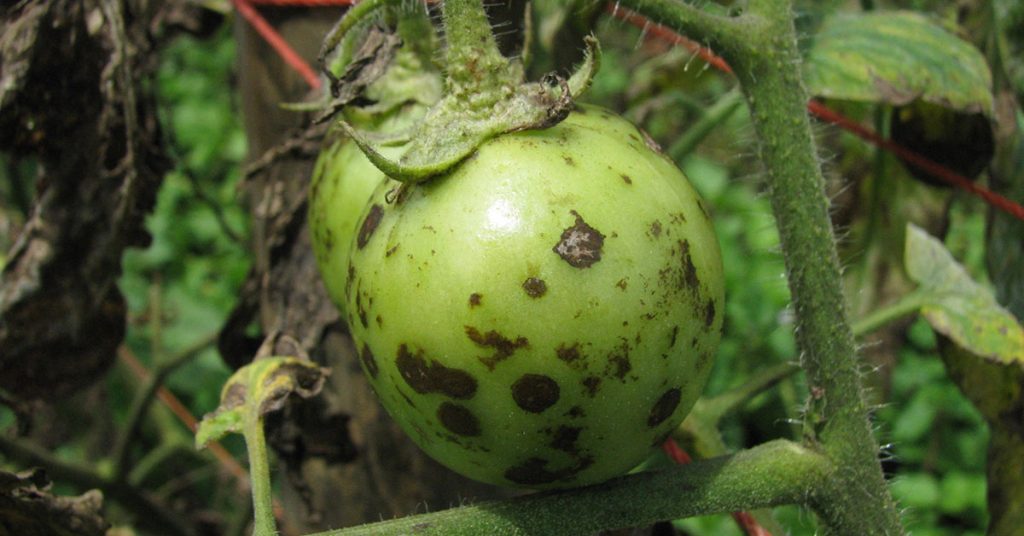
Leaf spot diseases—caused by fungi like Cercospora or Alternaria—create concentric brown spots with yellow halos on crops such as cucumbers (Cucumis sativus, native to South Asia). High humidity, poor air circulation, and overhead watering worsen these infections. Left unchecked, leaf spots coalesce, leading to extensive browning and defoliation, which reduces yields and invites secondary pests.
Fungal-ravaged leaves may lure tiny parasitic wasps that feed on healthier insects, further unbalancing your garden’s ecosystem. To manage disease, remove and destroy infected foliage, improve spacing for airflow, and apply copper-based or biofungicides at first sign of spotting. Rotating susceptible crops prevents pathogen build-up in soil—a vital step for annual vegetable beds.
Natural Aging and Seasonal Leaf Drop
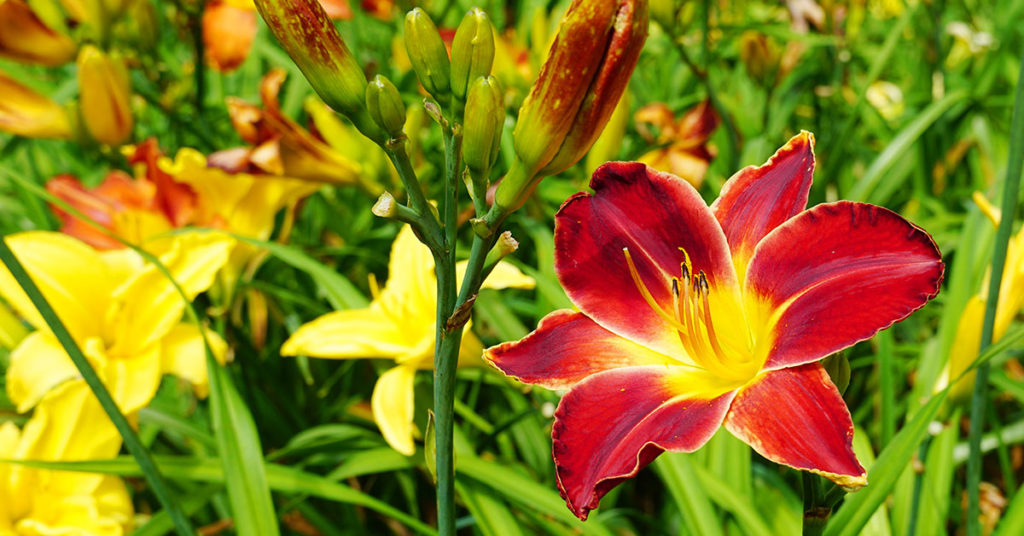
Even healthy plants shed older leaves as they allocate resources to new growth or prepare for dormancy. Deciduous houseplants like some scheffleras (Schefflera arboricola, native to the South Pacific) drop lower leaves that turn brown naturally. Similarly, perennials in temperate gardens—from daylilies (Hemerocallis spp., native to Asia) to ornamental grasses—brown and wither at season’s end as part of their life cycle.
That detritus attracts ground beetles and millipedes that feed on decaying leaf litter, enhancing soil fertility for next year’s flush. Instead of panicking, embrace this natural process: prune away browned leaves once they fully senesce, and compost them to return nutrients. Understanding that not all browning is a crisis transforms your approach from reactive to rhythm-driven care.





